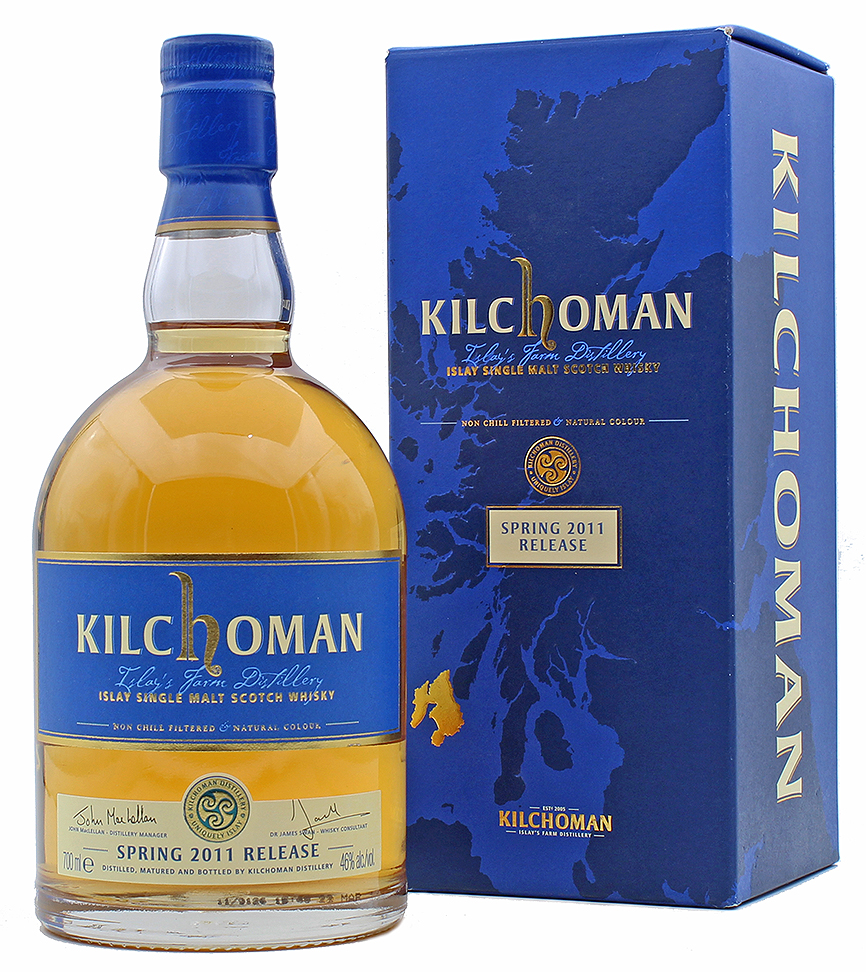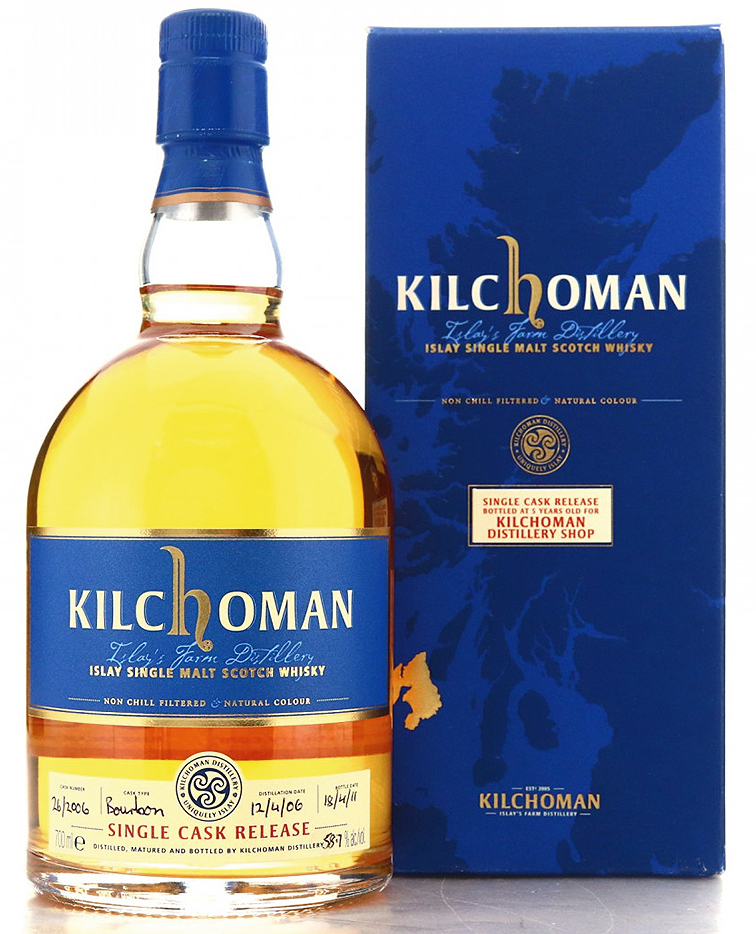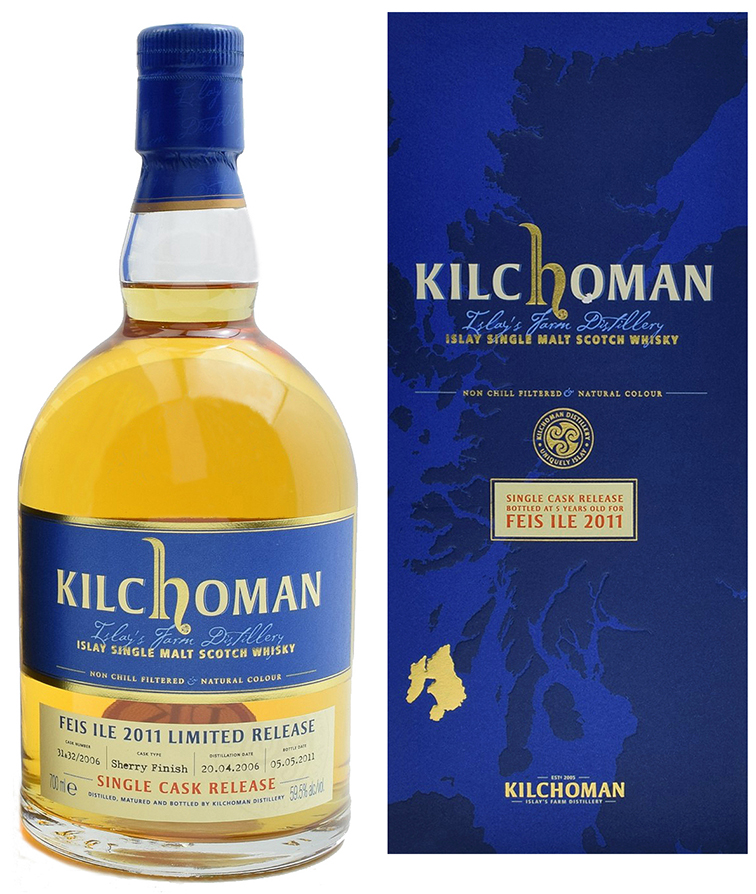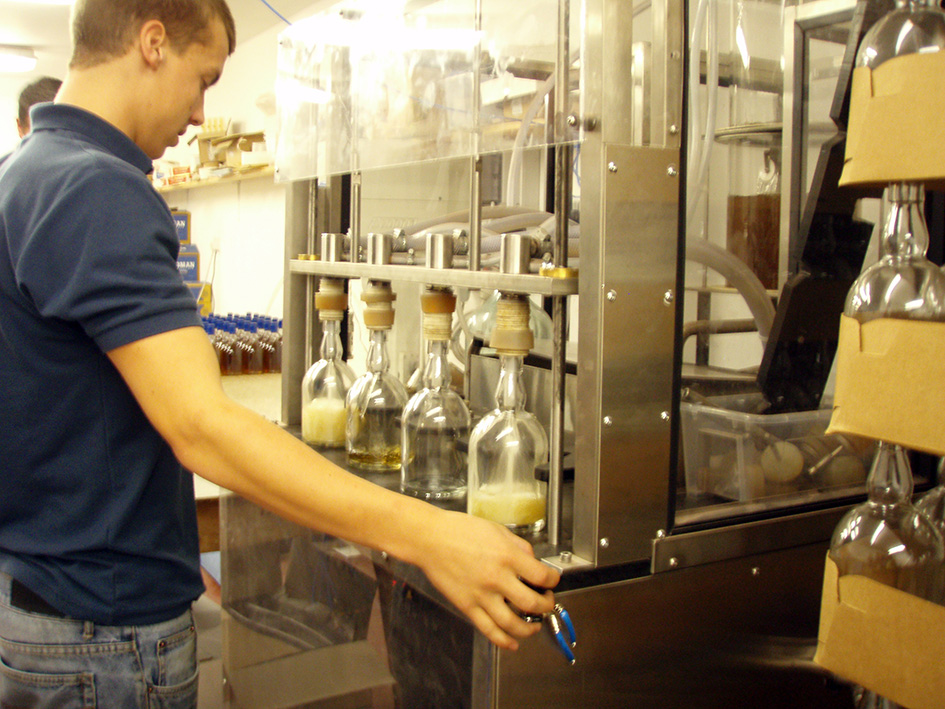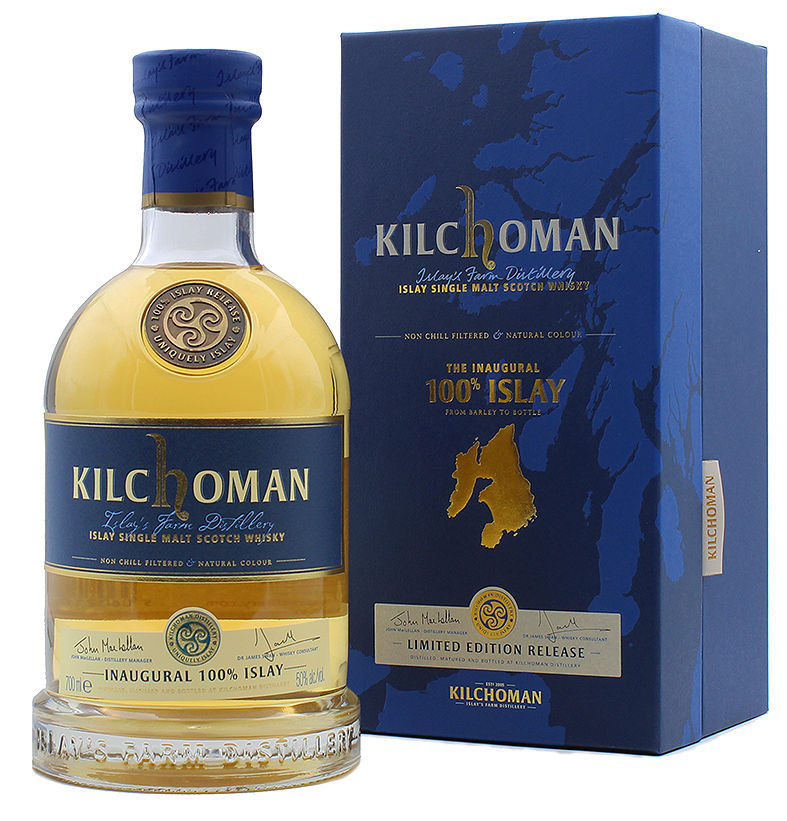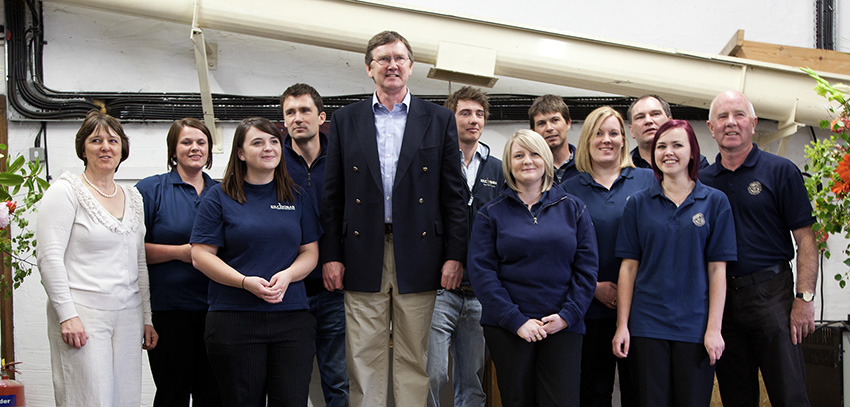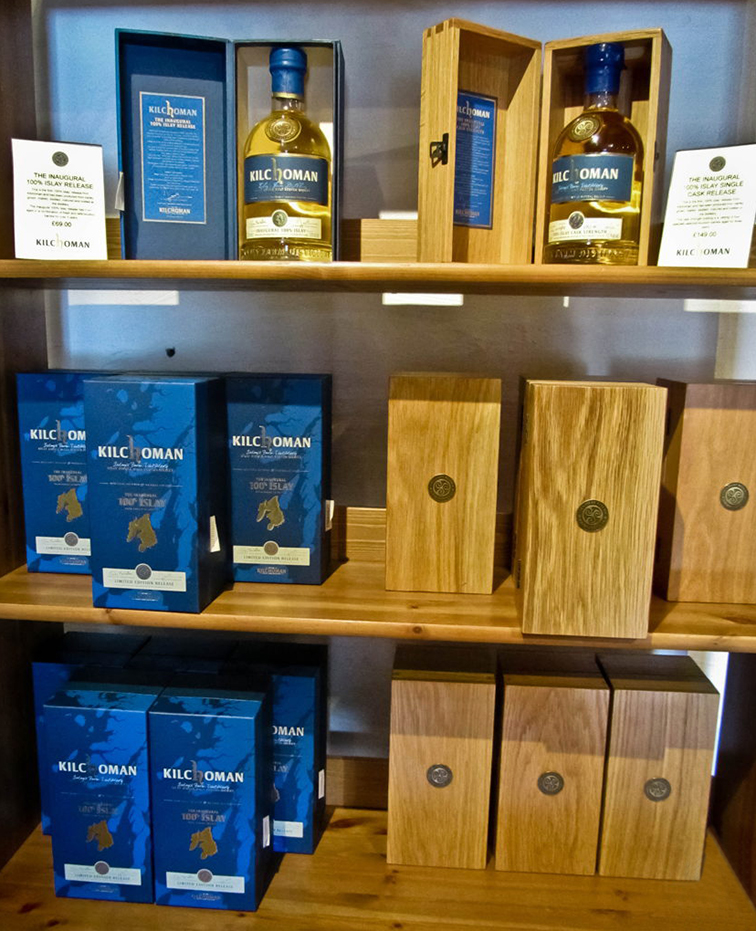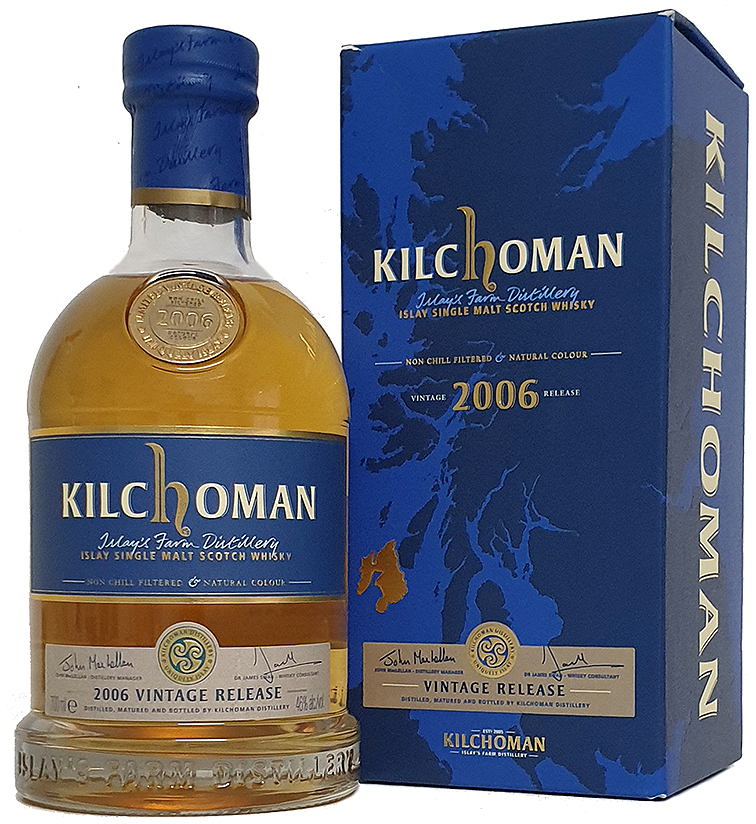Timeline 2011
- March 28: with the “Spring 2011 Release” the 6th and last of the quarterly Kilchoman editions is released. From 2012, “Machir Bay” will be established as the standard whisky. The “Spring 2011 Release” contains 3 and 4 year old whiskies, which were matured in fresh and refill Bourbon barrels.
- April: For the first time, a Distillery Shop Exclusive Release is released, i.e. a bottling that can only be purchased at the Kilchoman Visitor Centre. Since then, these exclusive bottlings have become an integral part of the sales offers in the Distillery Shop and always a nice souvenir from a visit to Islay.
With the first edition, an exclamation mark was set: after a single cask bottled a few days earlier for Denmark, this is only the second edition of a 5-year-old Kilchoman whisky worldwide.
- May 26: On Kilchoman Open Day, Kilchoman releases a Fèis Ìle bottling for the second time. Two 1st fill ex-bourbon barrels, which were filled on 20.4.2006, were finished in a sherry butt for a good 4 months and bottled on 5.5.2011. The yield was 531 bottles with an alcohol content of 59.5%, which were sold on Open Day for £69.
Apart from that, Kilchoman again offers a lot of interesting programme items at the Fèis Ìle: General and Manager Tours, “Work experience” – here you can become part of the production team for a few hours, discussion rounds including cask tasting with Anthony Wills “The story so far…” and John MacLellan “A glimpse of the future…”, plus of course BBQ and bar, as well as live music.
- Beginning of June: the new bottling room is completed. The bottling can now be done at least in parts by machine and the times of bottling with the help of teapots are finally history.
At the same time, Kilchoman introduces a newly designed bottle with a thick glass base, large corks and the Kilchoman logo glued on, which is still used today. Only the stocks of 0.75 l bottles for the US market are still so numerous that the USA releases are still filled into the old bottles for 2 years.
.
- June 16: the “100% Islay Inaugural Release” is released. Following on from previous Kilchoman releases, all of which were made from malt from Port Ellen Maltings, this is the first time Kilchoman has brought out whisky that reflects the credo of a farm distillery. From growing the barley, malting, kilning, mashing, fermenting, distilling, storing and bottling, all the production steps were carried out on site. “From barley to bottle” as the distillery slogan says.
The release is a vatting of over 3 year old fresh and refill Bourbon barrels. It was reduced to 50% alcohol content with Islay spring water and then bottled using the recently installed manual bottling line. A total of 11,300 bottles have been bottled and will be exported to 21 countries.
As is well known, the rather long time gap between the two Inaugural Releases was due to the Kiln fire in February 2006. As a result, Kilchoman was only able to start 100% Islay production at the beginning of 2008.
Kilchoman once again organised a launch party to introduce the new release. The event was celebrated with family, friends, many whisky celebrities and numerous whisky bloggers. The well-known whisky author Charles MacLean took the opportunity to present the first 100% Islay whisky to the guests.
.
.
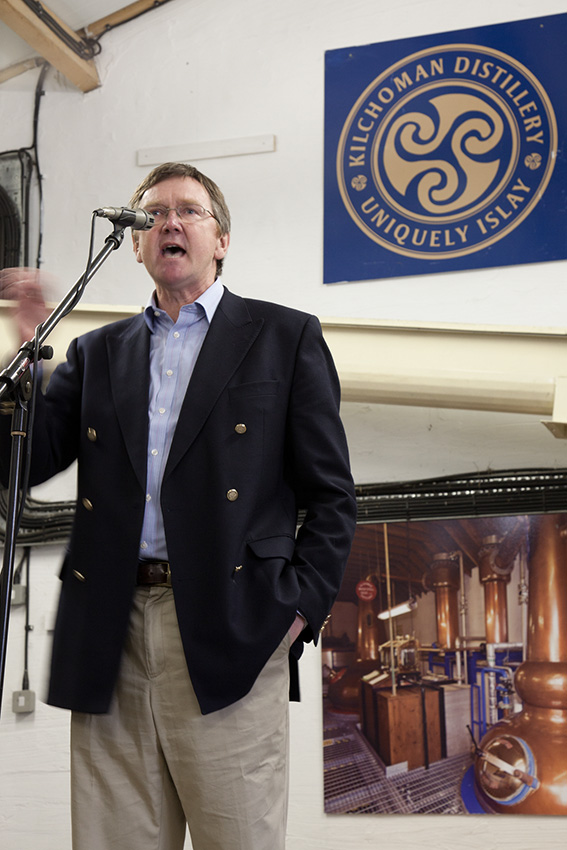
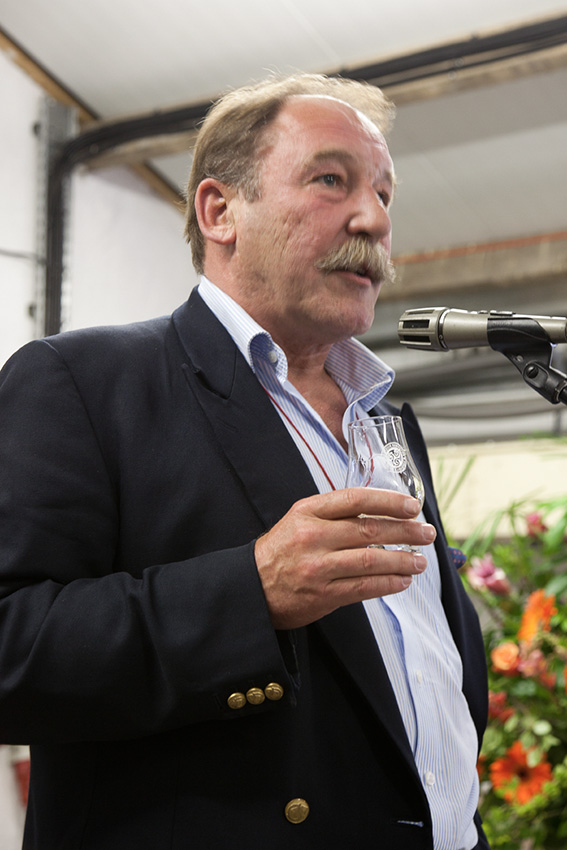
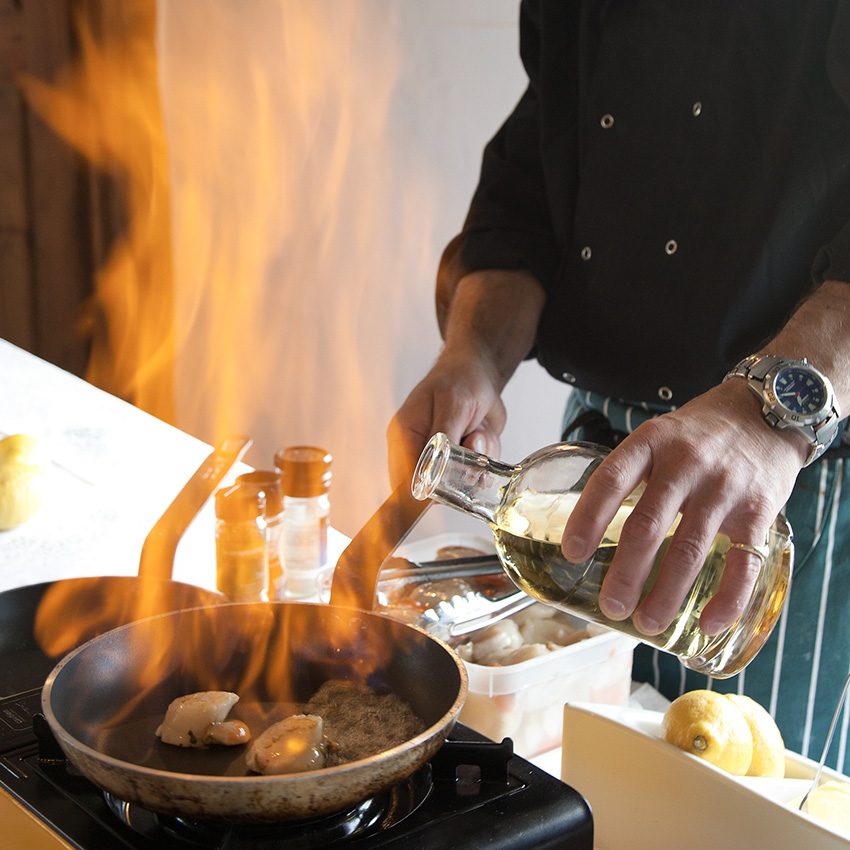
.
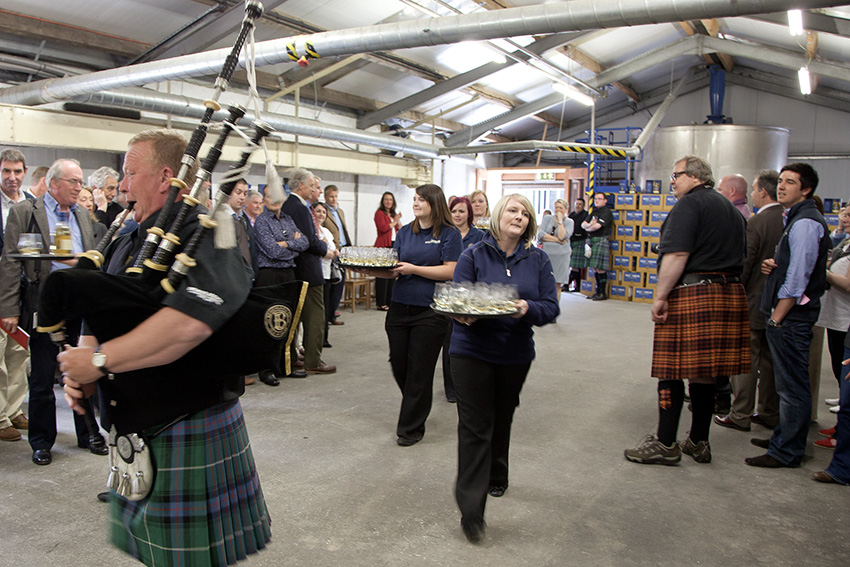
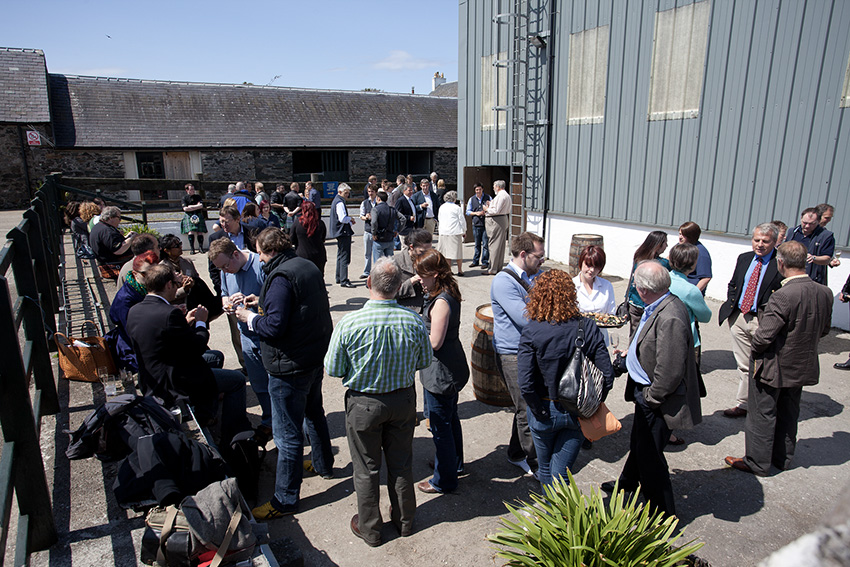
.
- June 16: Simultaneously with the launch of the “100% Islay Inaugural Release”, Kilchoman also released a small batch edition at cask strength, packaged in an attractive, handcrafted American white oak box and sold exclusively in the Distillery Shop for £149.
.
- November: with the “Vintage 2006” Kilchoman started the series of its limited vintage whiskies.
In the future, a new edition was to be released every 2 years, each of which would have 1 year more storage time. Apart from a few single cask bottlings already released during 2011, the “Vintage 2006” was the first official release of a 5 year old Kilchoman whisky. With it, the “Futures” – rights to the first bottling of a 5-year-old Kilchoman – previously sold by the Kilchoman Distillery were redeemed. The Futures bottles and cartons were individually hand-numbered.
.

